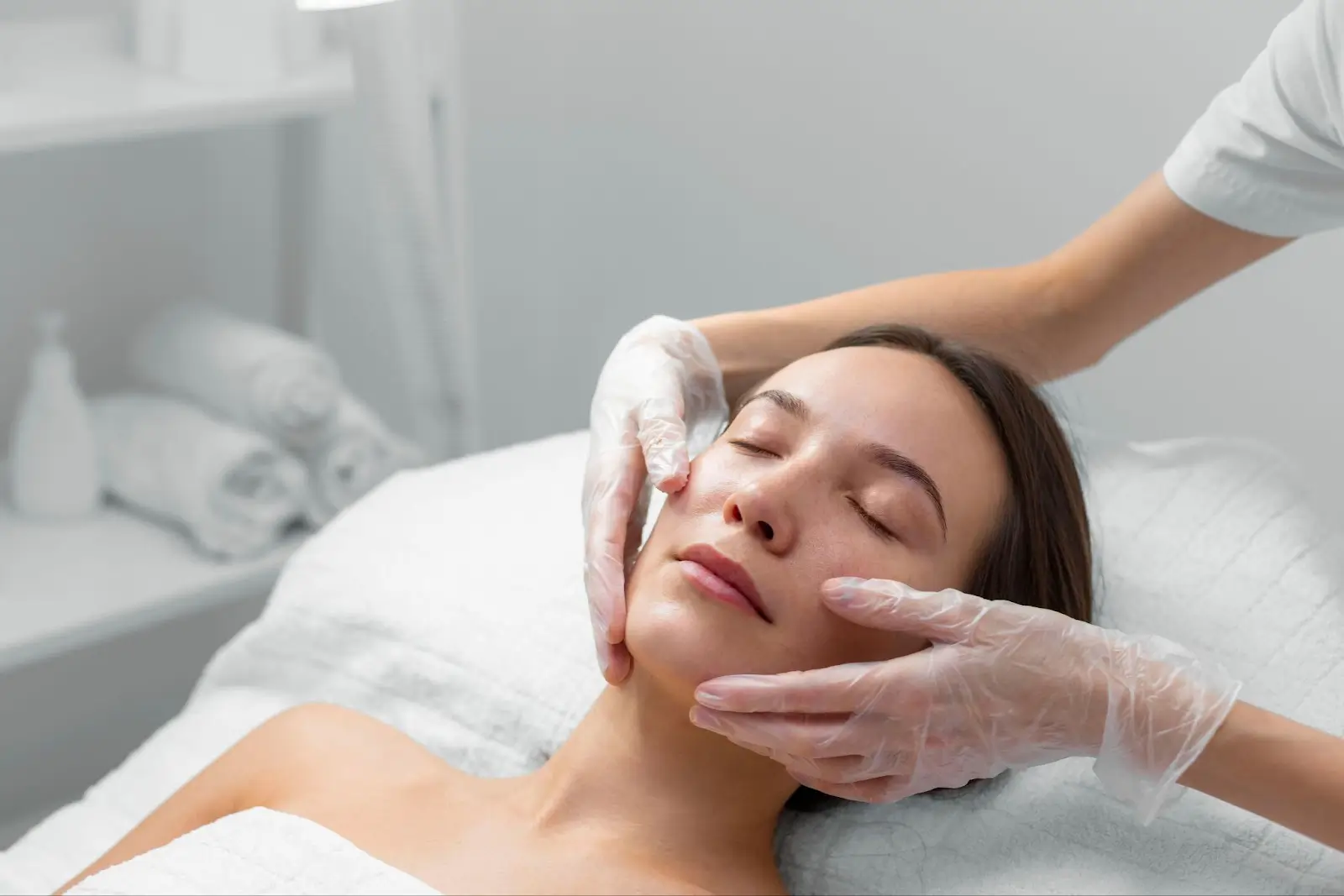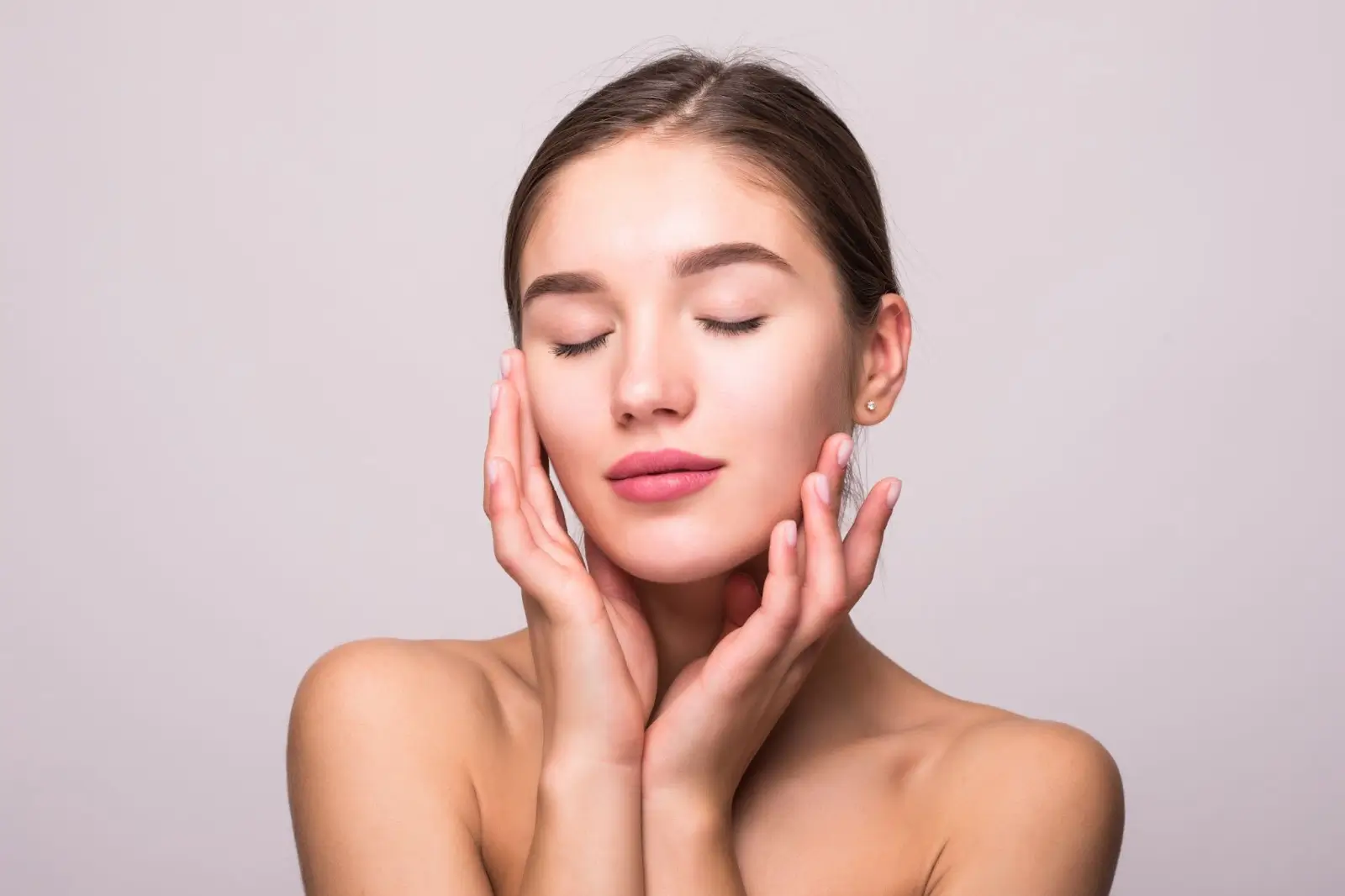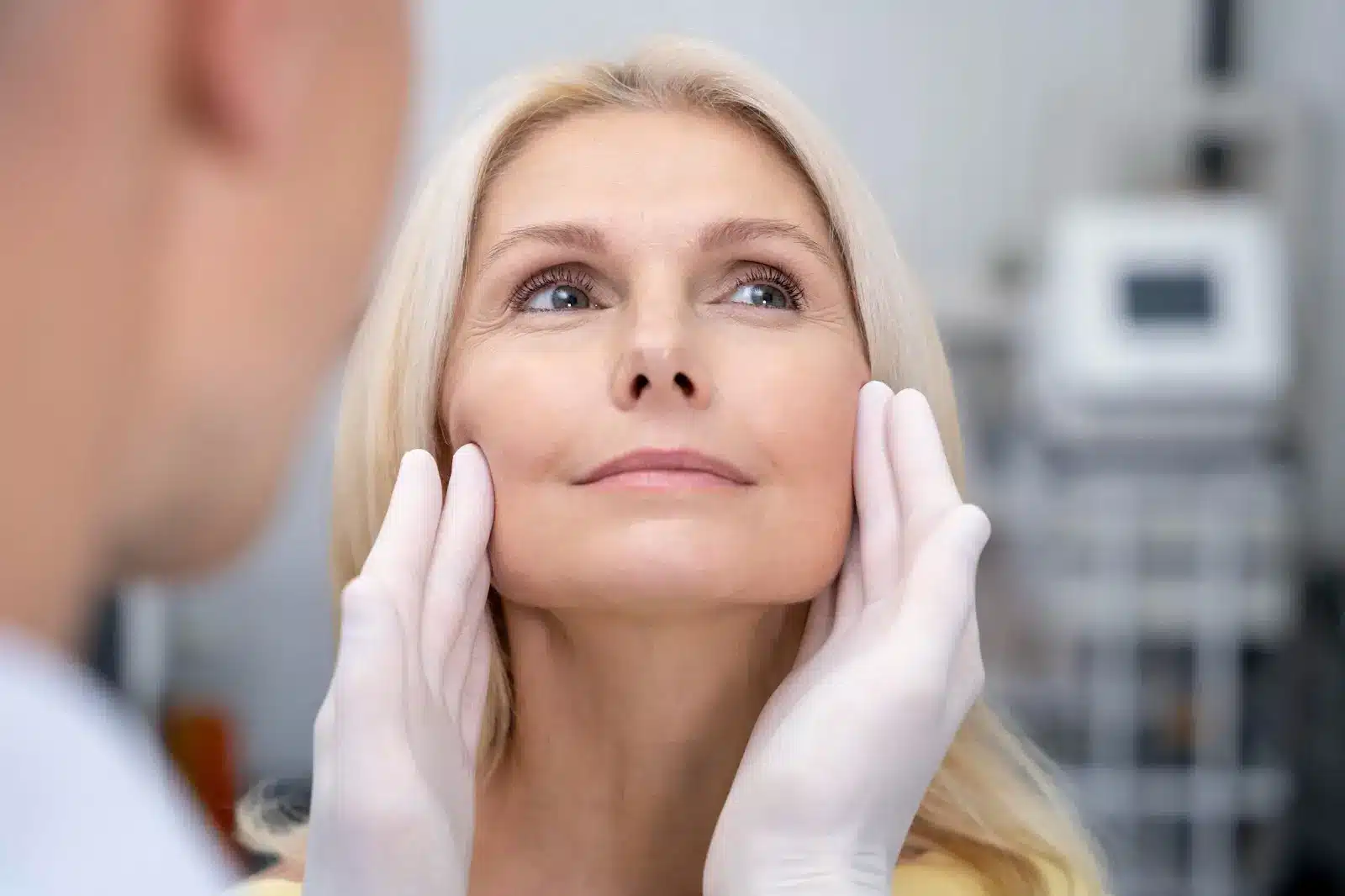
Aging in the midface often leads to volume loss and skin deflation, driving demand for effective regenerative treatments. A recent exploratory cohort study involving 40 women demonstrated that PN-HPT®—a key component in some aesthetic injectables—significantly improved skin hydration, elasticity, and overall quality. Participants reported an impressive 39.6% increase in elasticity and a 51.1% boost in brightness, alongside notable reductions in post-acne scars and wrinkles, highlighting PN-HPT®’s potential for midface rejuvenation.
In this rapidly evolving landscape, two standout treatments have emerged: Plinest and Rejuran. While both share regenerative aims through polynucleotide-based formulations, their differing compositions and targeted treatment areas suggest unique benefits.
This article will compare Plinest and Rejuran, focusing on their ingredients, clinical benefits, treatment protocols, and key distinguishing factors to guide practitioners and patients in selecting the most appropriate option.
Key Takeaways
- Plinest and Rejuran are polynucleotide-based injectable treatments that stimulate skin regeneration but differ in composition and therapeutic focus.
- Plinest utilizes trout-derived polynucleotides via PN-HPT™ technology, promoting collagen and elastin production to enhance skin hydration, elasticity, and texture.
- Rejuran contains salmon-derived PDRN, targeting skin repair, reducing inflammation, and promoting healing, making it ideal for sensitive or damaged skin.
- Treatment protocols vary, with Plinest typically requiring 3-4 sessions spaced 2-3 weeks apart and Rejuran usually involving 3 sessions spaced 2-4 weeks apart, both followed by maintenance treatments.
- Both treatments have excellent safety profiles, with mild, temporary side effects like redness, swelling, or bruising being the most common.
- Patient suitability depends on individual skin concerns; Plinest suits those seeking hydration and structural support, while Rejuran is preferred for inflammation-prone or scarred skin.
- Aesthetic providers should conduct thorough consultations and tailor treatments for optimal, personalized results.
About: Doctor Medica is your trusted supplier of top-quality dermal fillers, viscosupplements, and more for your medical practice. We offer genuine products from leading brands at the lowest prices in the market. If you’re looking to order Plinest online for your practice, contact Doctor Medica today.
Composition and Mechanism: Plinest vs Rejuran
Plinest is uniquely formulated using PN-HPT™ (Highly Purified Technology), a patented extraction method isolating polynucleotides from trout DNA. This results in a highly purified and biocompatible compound that integrates seamlessly with human skin tissue.
By stimulating fibroblast activity, Plinest enhances the production of collagen and elastin, resulting in improved skin hydration, elasticity, and overall texture, particularly in areas exhibiting signs of aging or fatigue. The Plinest treatment focuses on regenerating the skin’s foundational structure and promoting long-term skin health.
In contrast, Rejuran contains polynucleotides derived from salmon DNA, with an emphasis on polydeoxyribonucleotide (PDRN) content. PDRN is well-known for its regenerative capabilities, particularly in accelerating tissue repair, reducing inflammation, and supporting wound healing. These properties make Rejuran an excellent option for patients with sensitive or damaged skin, including those suffering from post-acne scarring or redness caused by environmental stressors or previous treatments.
While both Plinest and Rejuran aim to improve skin quality through cellular regeneration, their distinct molecular compositions offer different therapeutic focuses. Plinest is best suited for enhancing hydration, elasticity, and structural support, whereas Rejuran is tailored for calming inflammation and repairing damaged tissue. Aesthetic practitioners often select between these treatments based on each patient’s specific skin needs and long-term skincare goals.
Clinical Applications and Indications

When choosing between Plinest and Rejuran, it is crucial to understand how each polynucleotide treatment addresses distinct skin concerns. Both enhance skin regeneration at the cellular level, yet their unique formulations render them ideal for different clinical indications.
Plinest: Indications and Explanations
- Targets fine lines, wrinkles, and skin laxity by stimulating fibroblast activity to boost collagen and elastin production, reducing visible aging signs. Particularly effective for mild to moderate wrinkles and sagging skin through improved structural support.
- Improves skin texture and hydration by enhancing moisture retention and smoothing rough or uneven surfaces. It suits dull or dehydrated skin in need of revitalization.
- Effective for acne scarring and stretch marks, promoting tissue remodeling and restoring skin tone and resilience. Its gentle formulation allows treatment of delicate zones like the neck and chest, as well as the face and hands, where early aging signs appear.
Rejuran: Indications and Explanations
- Specifically formulated to promote skin repair, especially post-acne scars, due to its high PDRN content. It accelerates wound healing and encourages cellular regeneration.
- Offers significant anti-inflammatory benefits, making it ideal for patients with reactive or sensitive skin, which helps calm irritation and promote an even complexion.
- Enhances skin elasticity and firmness by promoting dermal remodeling. Suitable for those experiencing early skin laxity who prefer non-invasive rejuvenation.
- Often used in delicate facial areas, including under the eyes, to reduce fine lines, dark circles, and thin skin without adding volume, providing subtle and natural enhancements.
Selecting between Plinest and Rejuran depends on individual skin conditions and aesthetic goals. A consultation with a licensed provider is essential to determine which treatment is best suited for your skin type and desired outcome.
Administration Protocols and Patient Experience

Understanding administration protocols and patient experience is vital for treatment success. Both Plinest and Rejuran offer minimally invasive procedures designed to produce gradual, natural-looking results. However, their injection methods, session frequency, and post-care differ.
| Aspect | Plinest Treatment | Rejuran Treatment |
| Injection Technique | Microbolus, mesotherapy, or linear threading for even distribution and enhanced fibroblast stimulation. | Multiple microinjections targeting dermal layers to deposit PDRN evenly and support anti-inflammatory effects. |
| Initial Treatment Course | Typically 3-4 sessions spaced 2-3 weeks apart, customized by skin condition. | Usually 3 sessions spaced 2-4 weeks apart, adjusted for skin sensitivity and healing capacity. |
| Maintenance Plan | Recommended every 3-6 months to sustain collagen stimulation and elasticity. | Generally every 6 months to maintain skin repair and anti-inflammatory benefits. |
| Patient Comfort | Mild discomfort or stinging; minor redness or swelling resolves quickly. | Slight discomfort expected due to multiple injection points; mild bruising or puffiness possible. |
| Downtime and Recovery | Minimal downtime; most resume activities immediately. Cooling creams may help. | Short recovery; side effects subside within 1-2 days. Calming creams are often advised. |
Both treatments prioritize patient comfort while providing effective skin regeneration, with flexible protocols to fit diverse needs.
Safety Profiles and Side Effects
Both Plinest and Rejuran contain highly purified polynucleotides with strong biocompatibility, reducing the risk of adverse reactions. However, minor side effects may occur post-injection, typically mild and temporary, including:
- Redness or erythema at injection sites, subsiding within hours.
- Mild swelling or puffiness, especially near sensitive areas like under the eyes.
- Temporary tenderness or bruising, usually resolving in a few days.
- Occasional itchiness or dryness during skin adjustment.
- Visible pinprick marks or small lumps if injections are too superficial.
Proper injection technique by trained professionals minimizes these effects. Patients with known allergies, particularly to fish or marine-derived products, should disclose this history, as both treatments derive from aquatic DNA sources.
Conclusion
In the field of polynucleotide-based skin rejuvenation, Plinest and Rejuran each provide distinct advantages. Plinest excels at improving skin hydration and elasticity, making it suitable for those desiring comprehensive skin revitalization. Rejuran’s strength lies in its potent tissue repair and anti-inflammatory effects, ideal for patients managing scarring or sensitive skin issues.
Choosing between these treatments should involve a thorough evaluation by a qualified aesthetic professional, considering the patient’s specific skin needs, treatment goals, and overall health to design the most effective and personalized therapy plan.
FAQs
1. Can Plinest and Rejuran typically be combined in a treatise?
Yes, combining both treatments can be beneficial, as it addresses multiple skin concerns simultaneously. However, it’s essential to consult with a professional to tailor the approach to individual needs.
2. How soon can I see results from these treatments?
Initial improvements are often noticeable within a few weeks post-treatment, with optimal results typically observed after completing the recommended session series.
3. Are there any long-term side effects associated with these treatments?
Both treatments are safe with minimal long-term side effects. Adhering to post-treatment care guidelines and consulting with professionals ensures optimal outcomes.
4. Is there any downtime after undergoing these treatments?
Downtime is minimal. Some patients may experience mild redness or swelling, which typically subsides within one to two days.
References
Araco A, Araco F. Preliminary Prospective and Randomized Study of Highly Purified Polynucleotide vs Placebo in Treatment of Moderate to Severe Acne Scars. Aesthet Surg J. 2021;41(7):NP866-NP874. doi:10.1093/asj/sjab125
Rho NK, Han KH, Cho M, Kim HS. A survey on the cosmetic use of injectable polynucleotide: The pattern of practice among Korean Dermatologists. J Cosmet Dermatol. 2024;23(4):1243-1252. doi:10.1111/jocd.16125
Related Articles
Joanna Carr
Unlock Your Skin’s Potential: The Power of Dermalax Revealed
Unveil the transformative power of Dermalax with Doctor Medica. Discover advanced dermal filler solutions for rejuvenated beauty.
Joanna Carr
VOM Filler Side Effects – A Complete List
Explore the complete list of VOM filler side effects. Learn about potential risks, safety precautions, and what to expect from this cosmetic enhanceme...
Joanna Carr
Beyond Beauty: Understanding the Long-Term Effects of Jalupro
Explore the long-term effects of Jalupro for beauty enhancement. Learn more at Doctor Medica.


